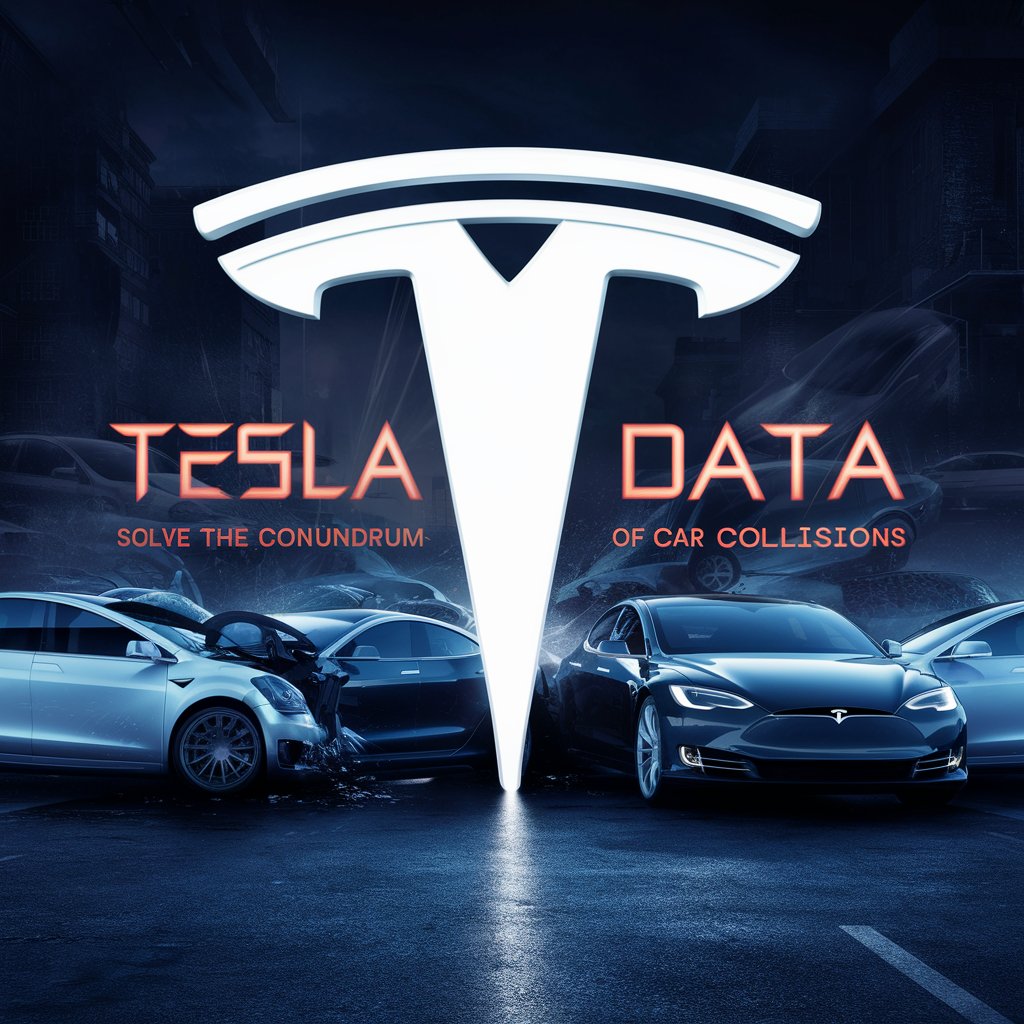Have you been involved in a car crash before? If so, you know how stressful and confusing the aftermath can be. But what if you are able to get a detailed and accurate account of what happened during the crash? This is where the data collected by advanced driver-assistance systems, such as Tesla’s Autopilot, could come in.
These systems constantly record video footage and performance statistics, providing a comprehensive view of the vehicle and its surroundings. This data is rarely shared with the public, but experts believe it has the potential to revolutionise the way car crashes are investigated, making them more accurate and cost-effective. It could also improve the regulation of vehicles, giving officials a clearer idea of what should and should not be allowed.
This article will explore how this data could transform how we understand and investigate car crashes.
The Usefulness of Tesla’s Driving Data
The data collected by these Tesla systems are significantly more extensive and specific than that collected by traditional event data recorders, also known as “black boxes.” These devices only collect data seconds before, during, and after a crash.
However, the constant data collected by advanced driver-assistance systems like Tesla’s usually includes video of the car’s surroundings and performance statistics that describe its behavior at every millisecond. This is generally called vehicle performance data or telematics. It offers a detailed view of the vehicle collecting data and information about other cars and objects on the road.
For example, a motorcyclist was killed in April after a collision with a Tesla in Jacksonville. The Tesla’s owner initially informed authorities that he did not know what had transpired and that the motorcyclist hit the back of his automobile, out of sight. However, footage obtained by his Tesla revealed that the incident occurred due to the motorcycle losing a wheel owing to a loose lug nut.
This went on to show that in addition to helping with investigations, this data could be used to improve the safety of these systems by identifying any defects in surrounding traffic. For instance, if a particular system is involved in a high number of crashes, the data collected from those incidents could help determine the cause and suggest solutions to prevent similar crashes.
Bryan Reimer, a Massachusetts Institute of Technology research scientist and an expert in driver-assistance systems, says, “This can help differentiate incidents caused by technology or those caused by driver error.”
Furthermore, this data could help develop new safety standards for advanced driver-assistance systems. By analysing the performance of these systems in real-world situations, regulators can better understand what should and should not be allowed when it comes to their design and use.
Can Tesla Solve Car Collision Problems?
The simple answer is yes. When it comes to car crashes and traffic incidents, you must have a limited amount of information. Every information you can get to help identify accident causes, especially just minutes before one occurs, is an asset. This asset is present in thousands of Tesla vehicles all around the world.
Overall, the data collected by advanced driver-assistance systems can transform how we understand and investigate car crashes. “Tesla’s data could provide valuable insights into the behavior of these systems and help make our roads safer for everyone. As such, it is vital that we not only have these data collected but also used adequately.” says attorney Felix Gonzalez.





